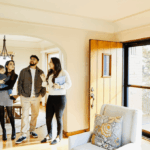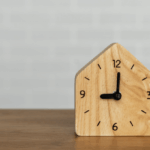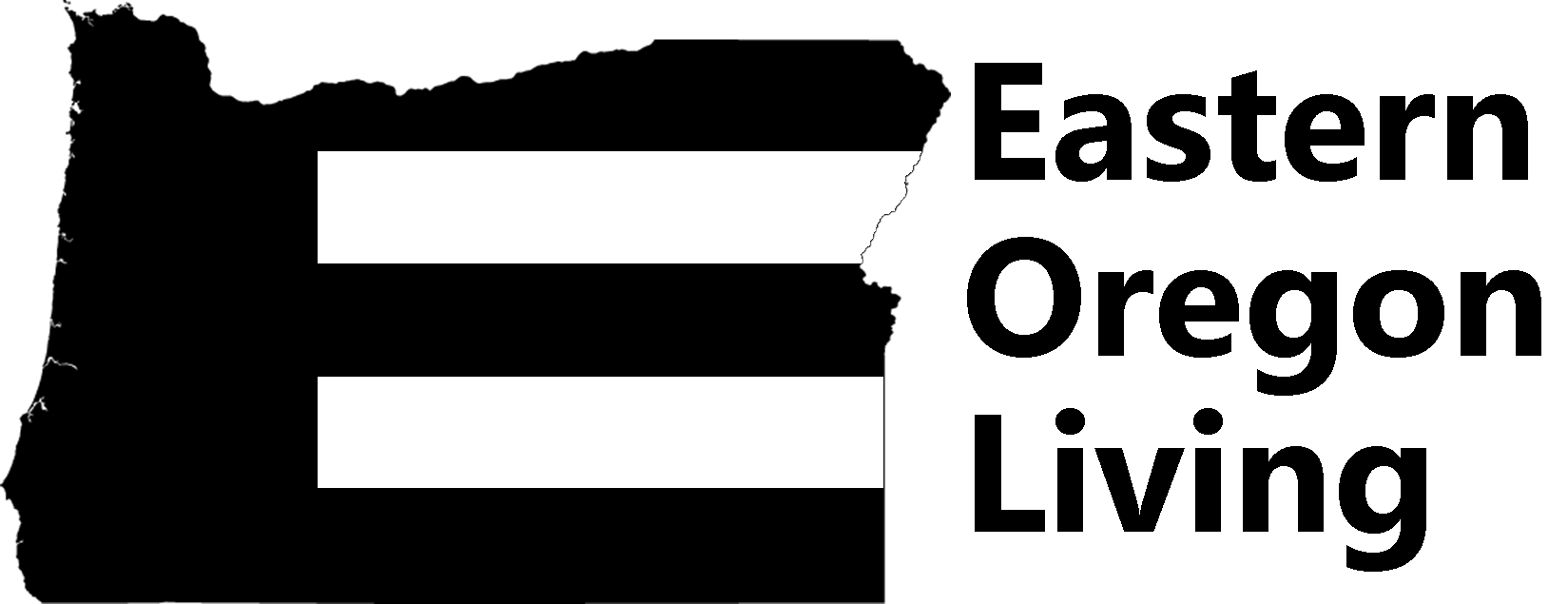
(Guest post.)
There’s a weird thing that happens when you go through your first home purchase — even if it’s just a vacation home. You think you’re planting roots. You think you’re locking something down. In truth, you’re just shifting the way you move. You’re not becoming still. You’re becoming strategic. The freedom you had in short-term leases or hopping cities doesn’t disappear. It just changes form.
You start to carry movement differently. It’s no longer about miles. It’s about how your finances, routines, and choices keep shifting, even if your address stays the same.
Buying a Home Feels Like Settling, but It’s Not
People talk about buying a house like you’ve decided to stop moving. You’ve “settled down.” You’ve “put down roots.” But that’s only true on paper. In reality, everything about the process pushes you toward motion. You move into debt if you haven’t saved up a lot. You move your stuff.
In most cases, you move your routines, your job priorities, and your friend circle. A house doesn’t freeze your life. It reroutes it.
Even the way you view your surroundings changes. Before, a place was temporary. Now, you think about local taxes, school ratings, plumbing, and resale value. The place starts to feel like a puzzle piece on a much larger map. You still want to explore, but now you want that exploration to lead somewhere that gives a return.
The myth that homeownership equals stability falls apart once you go through it. You’re still reacting, shifting, adapting, just on a different scale. It’s not the end of the transition. It’s a transition with a mortgage.
The True Cost Isn’t Just the Mortgage
The money shift is real. You walk away from closing day focused on one number—your monthly mortgage. But before long, other costs start creeping in. The fridge dies. The roof needs patching. That odd kitchen wall starts to bother you. You’re not just moving into a new place—you’re shuffling priorities, shifting budgets, and juggling unexpected repairs.
There’s more to it than what’s on paper. Property taxes go up. Insurance premiums add up. Local zoning laws dictate what you can or can’t change. Maintenance appointments become part of your calendar. The spending doesn’t stop just because the moving truck does.
And if you ever decide to move again, you’ll quickly learn that selling a home brings its headaches. You’ve got equity to protect, timelines to meet, and a buyer to find. On top of that, you have to protect yourself from common moving scams—like companies that take your deposit and disappear, tack on surprise fees, or go silent while your belongings vanish.
The house holds your belongings, but it doesn’t freeze your plans. Life keeps shifting. You’re still moving—just through bank transfers, phone calls with contractors, and budget updates instead of suitcase zippers and train tickets.
Your First Home Purchase: A House Doesn’t Stop You from Moving
You get that first mortgage, and you expect something to shift inside you. You think you’ll become someone who enjoys weekends at IKEA. Maybe you do. But for many people, owning doesn’t quiet the part of you that still wants change. It just gives you a home base to launch from.
You start seeing options differently. Notice how you take work calls from the guest room you turned into an office? Maybe you host friends from out of town who crash on the couch. You might spend months traveling, but still come back to that front door with the busted screen you never fixed. You move in loops instead of lines. And those loops get wider.
There’s a kind of relief that comes with that. You no longer have to leave to feel movement. The space around you adapts. You shape it, test it, rearrange it. A new paint job, a different layout, a weekend spent building something dumb in the backyard, these are all forms of motion.
The old idea that buying equals stopping doesn’t hold up anymore. The first home purchase isn’t the end of mobility. It’s a shift in how you carry it.
Property as a Tool for Movement
What a lot of first-time buyers don’t realize is that a house can give you more freedom if you learn how to use it. You’re not just buying four walls. You’re buying potential. Rent it out. Pull equity for a project. Use the address to get better rates or work-from-home perks. If you’re smart about it, your home can fund the next chapter of your life.
That is the part where your first home purchase starts to feel like a chess move. You might not stay in that house forever, but it helps you make other plans. You can downsize later, upgrade, move to a better school zone, or sell and go live on a sailboat. There’s no fixed endgame. You just need the flexibility to keep playing.
Owning a home opens different paths. It doesn’t block them. The myth is that you lose freedom. The truth is, you gain leverage.
You’re Still Mobile, Just in a Different Way
Mobility doesn’t always mean packing a bag and leaving town. It can mean trying new careers without the pressure of rent increases. Or, it can be switching from roommates to solo living or back again, and maybe building something small in the backyard just to see if you can. The physical location stays still, but everything else keeps shifting.
That’s why it’s not surprising when people buy a place and then move again within a few years. The first home purchase is often more of a test drive than a final destination. People get in, see how it feels, and then decide if they want to go bigger, smaller, closer to work, or out in the woods.
Your old form of mobility was short-term and spontaneous. This new form is layered, longer, and often slower, but it’s still movement. You’re just playing a different game now.
Stop Looking for Roots, Look for Routes
Everyone wants to belong somewhere. That doesn’t change. But what you don’t always see in the beginning is that belonging doesn’t come from walls or sidewalks. It comes from how you move through a space, how you use it, and how it supports the version of you you’re becoming.
Your first home purchase may not be your forever home, and that’s fine. It’s a stop on the way. A base of operations. A springboard.
You don’t have to hold on to the idea that this place defines you. If anything, it’s there to help you move better, not less. And when you’re ready to shift again, you’ll know how to make it work. That’s the whole point.





